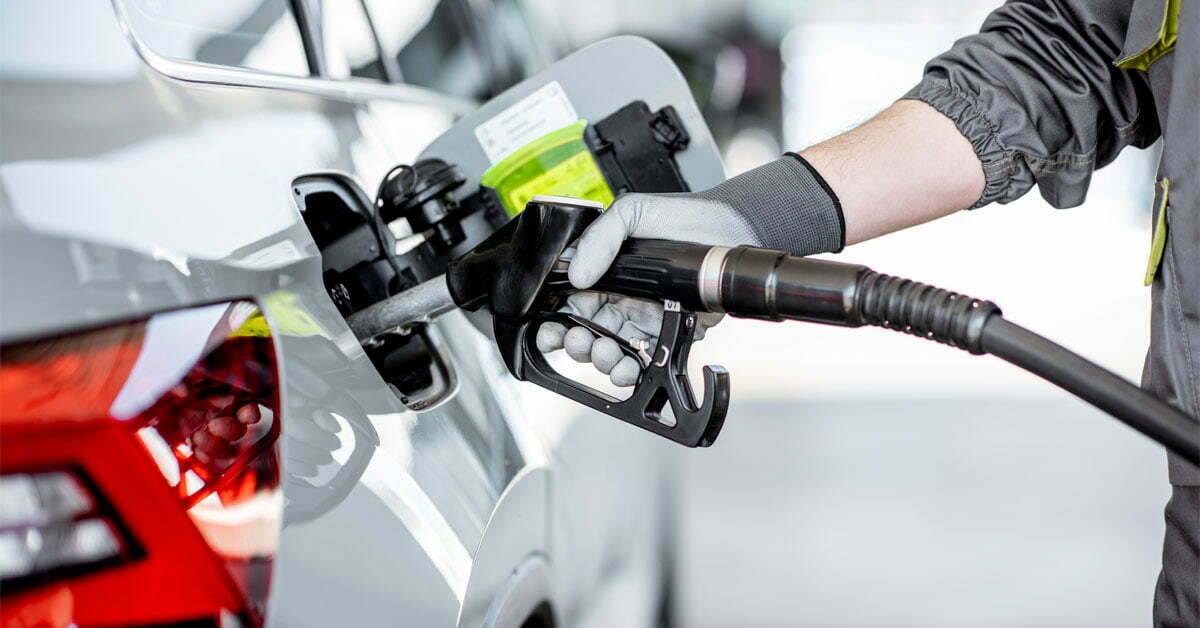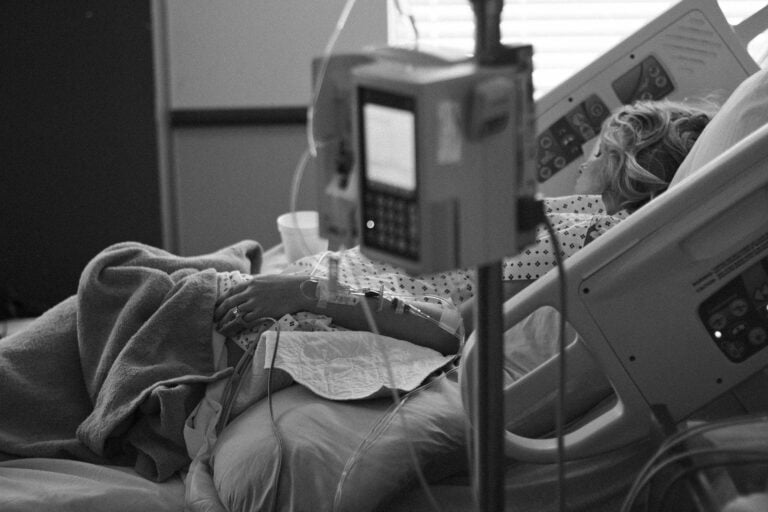Surging gas prices have been a big problem recently. The average price of a gallon of gasoline has increased by more than 10% in the last weeks, prompting some customers to reconsider their spending habits. This is also a very essential factor for healthcare practitioners and patients, especially for those who live in rural locations. The good news is that one of the key advantages of Telemedicine and Remote Patient Monitoring is that it allows patients, their caregivers, and healthcare professionals to avoid traveling. RPM can reduce the cost and time of any required trip, resulting in faster medical service delivery.
Let’s look at the 3 ways RPM can save costs on gallons of gas:
1. Real-time Continuous Remote Monitoring
A physician visiting a patient at home or working in a far-flung location may now rely on available devices and cloud-based mobile applications to gather, record, and exchange critical patient health data continuously in real-time. Patients who are being remotely monitored typically have a medical device in their home, such as a glucose monitor, home blood pressure monitor, or portable ECG monitor. So, both doctors and patients are not required to see each other face to face anymore, thus avoiding costs associated with travel like gas, public transportation fares, parking fees, etc.
DrKumo RPM technology features Disease Management Protocols (DMPs) that ask patients questions to assess their health with more accuracy than taking reading alone. It then sends their responses as well as their physiological data to the clinician through the internet. Clinicians provide treatment and medication plans based on the most recent health information they gather from the patients remotely.
2. Greater Access to Specialist Care
Finding specialist doctors on a full-time contract can be difficult for smaller hospitals, especially when the demand for their services exceeds the doctors’ allotted hours. It could be costly owing to their specialty and also because of the travel time they spend going to remote hospitals. Telehealth and RPM may be a great help in this situation.
For instance, important health information may be safely and timely shared across hospitals, allowing a specialist to operate without regard to geography. This allows rural hospitals, where there is currently a lack of specialists, to hire needed specialists without requiring them to travel to the office, saving them a lot of money. The specialist continues to work full-time, albeit at a variety of different hospitals.
3. Reduced Hospital Readmissions
Telemedicine and Remote Patient Monitoring have the potential to lower the number of individuals admitted to the hospital each year. This also reduces the number of times patients have to travel to hospitals or clinics. Patients with particular ailments may have been admitted to the hospital many times, which includes traveling long distances, but this no longer has to be the case thanks to advancements in connected health technology.
With the help of RPM, patients might be released from the hospital with devices to monitor their blood pressure, oxygen levels, etc. The patient can transmit measurements onto a secure system that allows clinicians to monitor the results for fluctuations and immediately contact the patient if anything the measurements go out of the normal range. This helps doctors to intervene and help the patient before their health deteriorates to the point where they need to be readmitted to the hospital.
Takeaway on Surging Gas Prices and Remote Patient Monitoring
Rising gasoline prices are stinging Americans everywhere. Any opportunity to avoid travelling is also an opportunity to save on fuel costs. Let’s do a little to help the environment and save some money in the process. Through Connected Health Technology like Remote Patient Monitoring, doctors, patients and care coordinators can save a lot of costs while promoting continuity of quality care, improving patient self-management and overall clinical outcomes.








